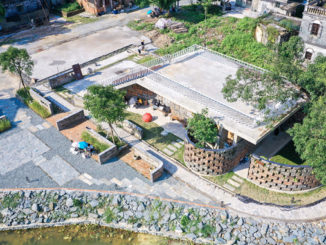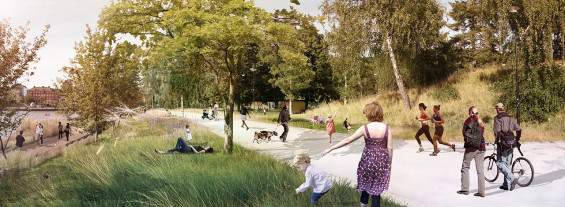
The project was developed for the city of Södertälje in Sweden which is located in one bay of the lake Mälaren, in where it joins the Baltic Sea through a canal and incorporates the small lake Maren. Until the beginning of the 19th century, the lakes Mälaren and Maren did not have a connection between them and this way the city developed around these two waterfronts.
The canal was begun to construct in 1803 and it was opened in 1819 and extended in 1924, prompting a development of the city towards it. Due to the successive developments of the city, with the arrival of the railway and construction of the central station during the 19th century, Marenplan took a central position in the city.
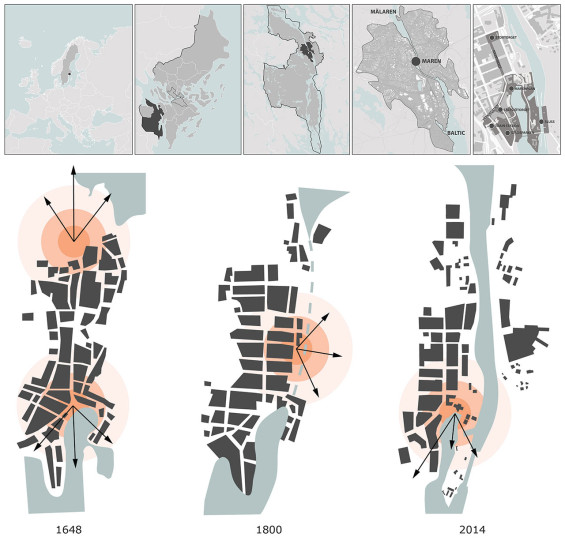
The design concept was based on the survey and the analysis of the existing elements and characterisation of the surrounding space, taking into account the current and future Södertälje City requirements and thus proposing to promote the scenic quality, functional, sensorial and ecological functions of the place. The design gradually relate the urban structure with the green and blue structure in a sustainable way in order to promote environmental quality, management of undesirable views, user comfort related to the atmospheric components (wind, noise, pollution, humidity and excessive sun exposure), the micro climate moderation and also increasing the soil permeability in the area of intervention.
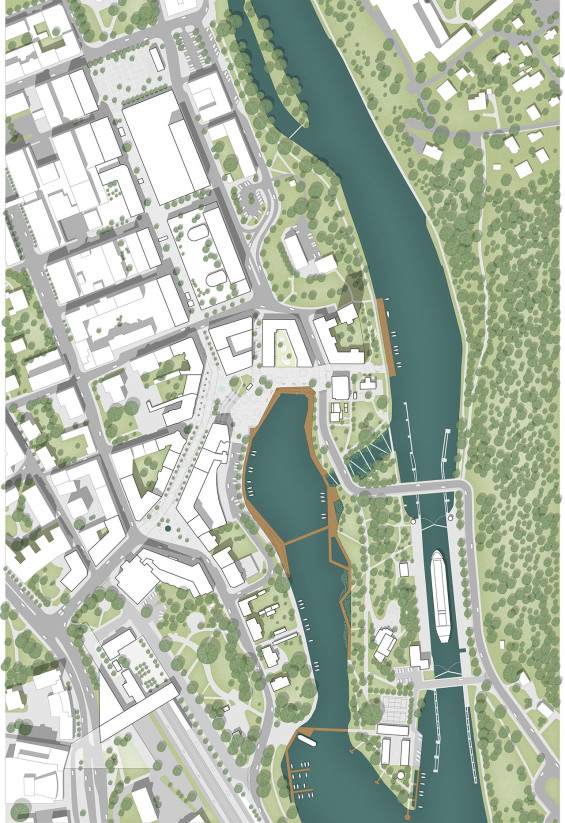
This way, it is intended to promote human scale, providing the city with different activities for different audiences and cultures, the spatial cohesion and the contact of users with the natural environment, maximizing the presence of vegetation in the urban context and increasing biodiversity, fulfilling the ecological function.
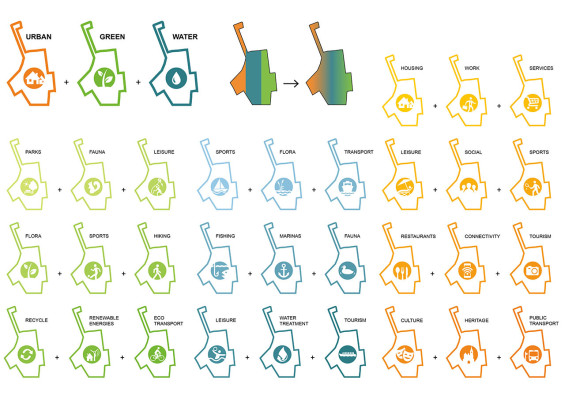
The intervention focused mainly on the waterfront of Maren, the island of Slussholmen and the axis between the railway station and Stortorget, including the adjacent spaces: Stationsplan, Stadsparken, Saltsjötorget and Marenplan.
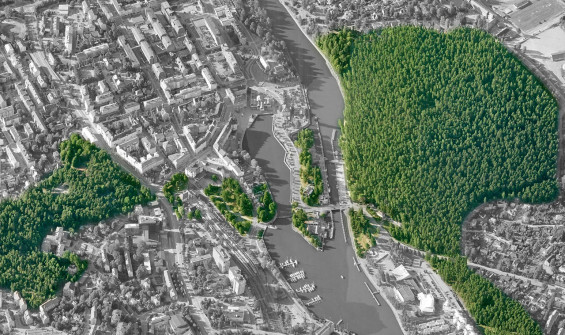
In this sense, it develops a spatial composition with high functionality and versatility, easy installation and maintenance offering a wide active and passive recreational opportunity to make use of the topography. The winding paths in Slussholmen, complemented by a tree structure over meadows or lawns allows a visual transparency beneath the tree canopy with a view towards Maren, also allowing safety of the public space. The Marenplan staircase connects the shopping and pedestrian area with the waterfront and acts as an amphitheater.

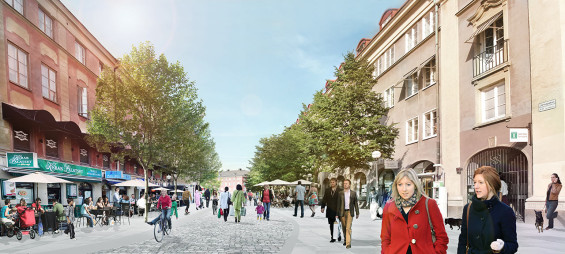
The regeneration of Maren waterfront includes the creation of wooden structures shaped in piers and boardwalks that facilitate interaction and user proximity to the water. Thus, it is possible to optimize the activities and water sports as well as the possibility of allowing small boats in Maren. The installation of deck structures in the banks of Maren maximizes the opportunities for recreation and leisure.
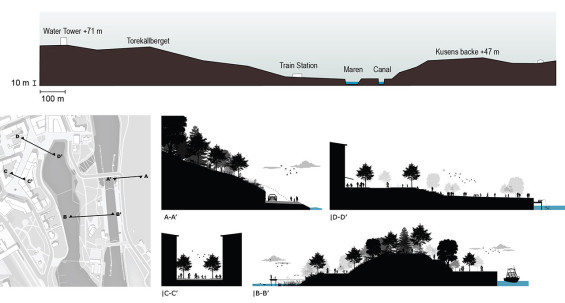
The extension of the pedestrian and shopping area promotes local shops, street markets and the gets the cars out of this structural axis of the city, highlighting the pedestrian and cycling traffic. The spatial design based on the principle of asymmetry, seeks to create a dynamic experience along this route, whether through a combination of urban furniture with greenery and lighting, either by water elements. The concept for the urban furniture is based on a picture from 1936 taken by Sigurd Ericsson in which Marenplan was the city port, where you can view the vessels unloading wooden boards for buildings in the city.
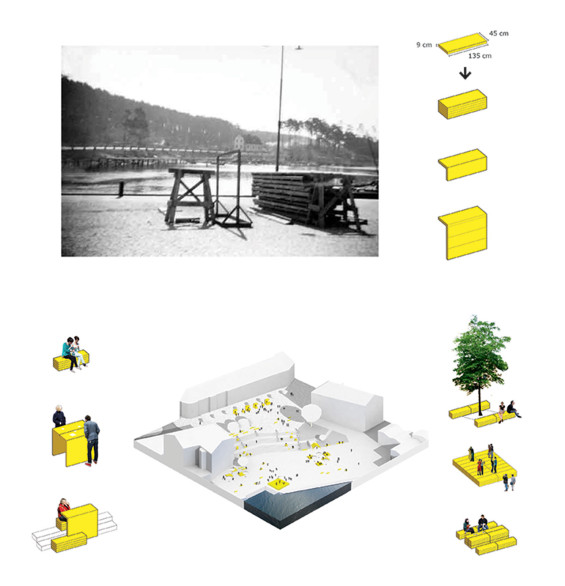
Waterfront Regeneration of Maren
Program & School | Master Design Thesis in Landscape Architecture – University of Porto
Location | Södertälje, Sweden
Student | Carlos Dias
Image and Text Credits | Carlos Dias

